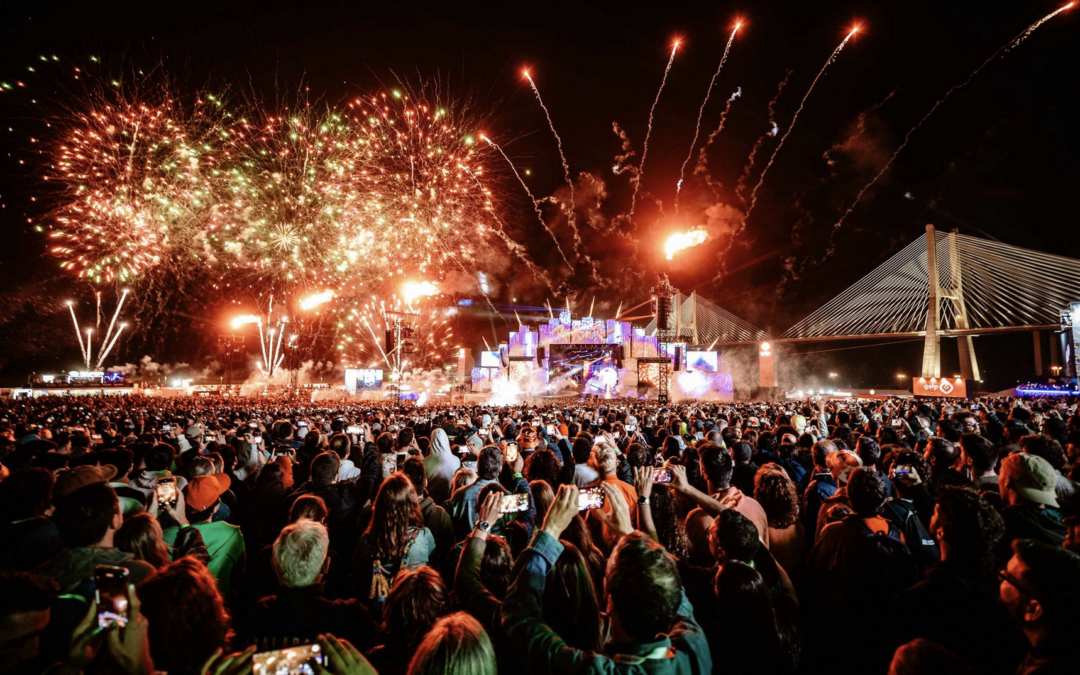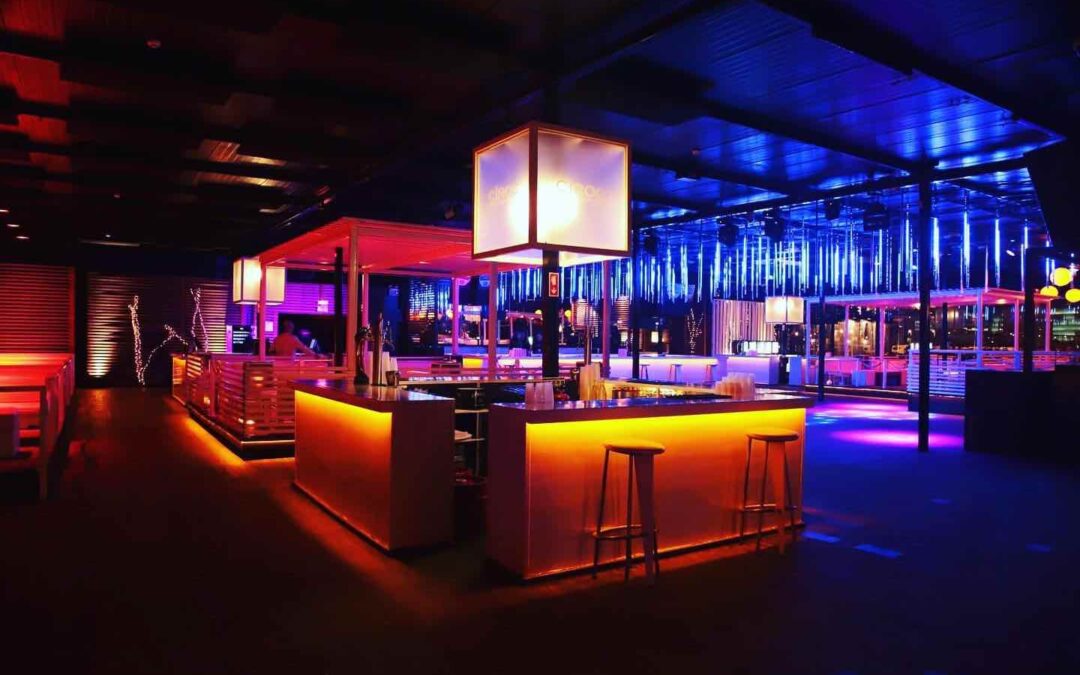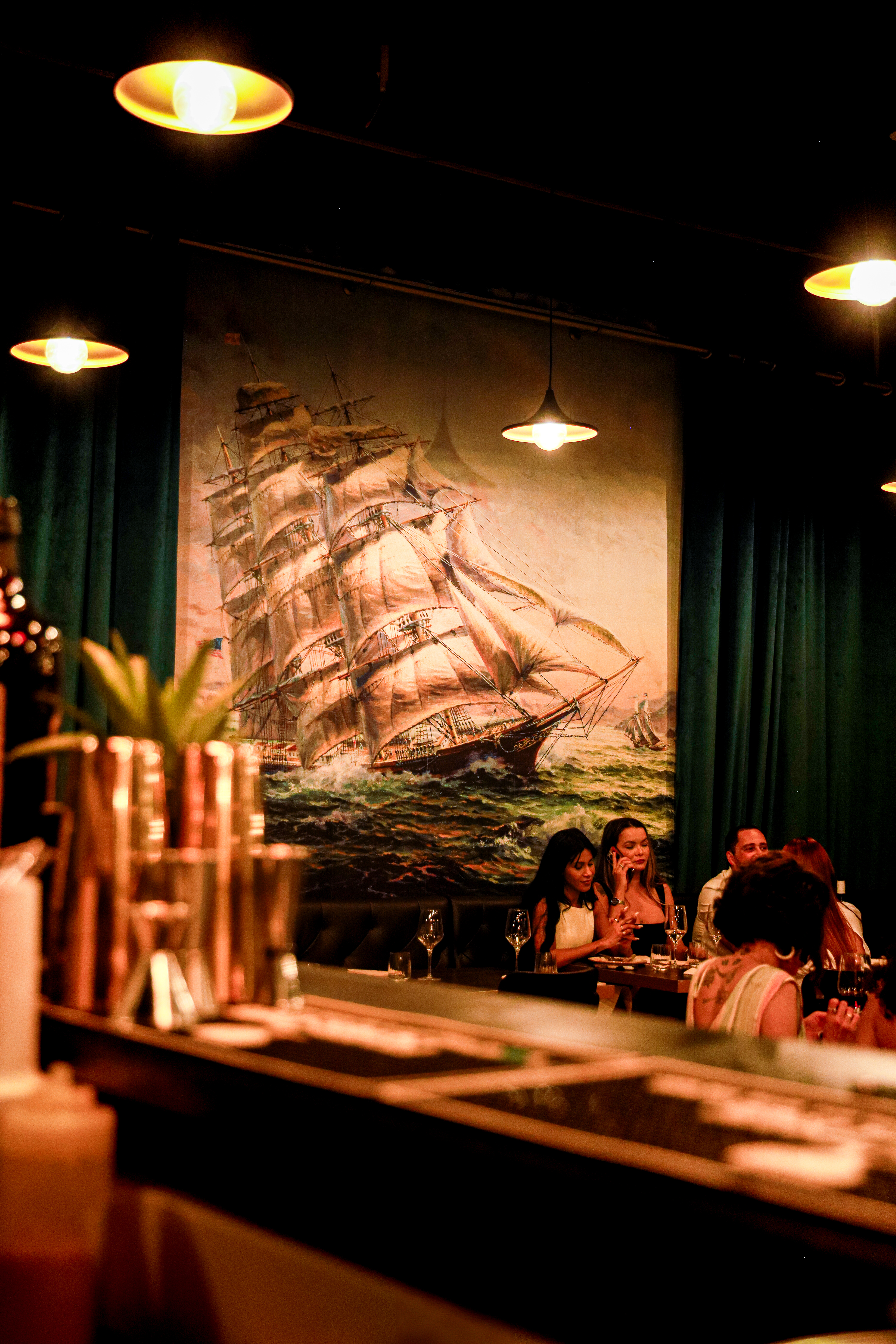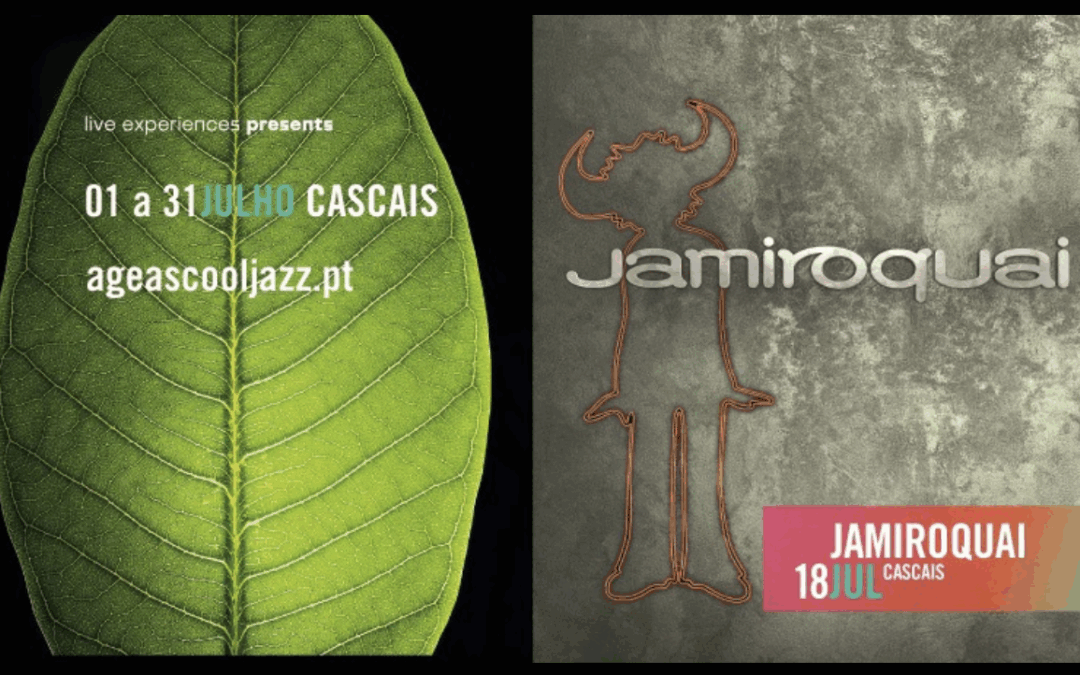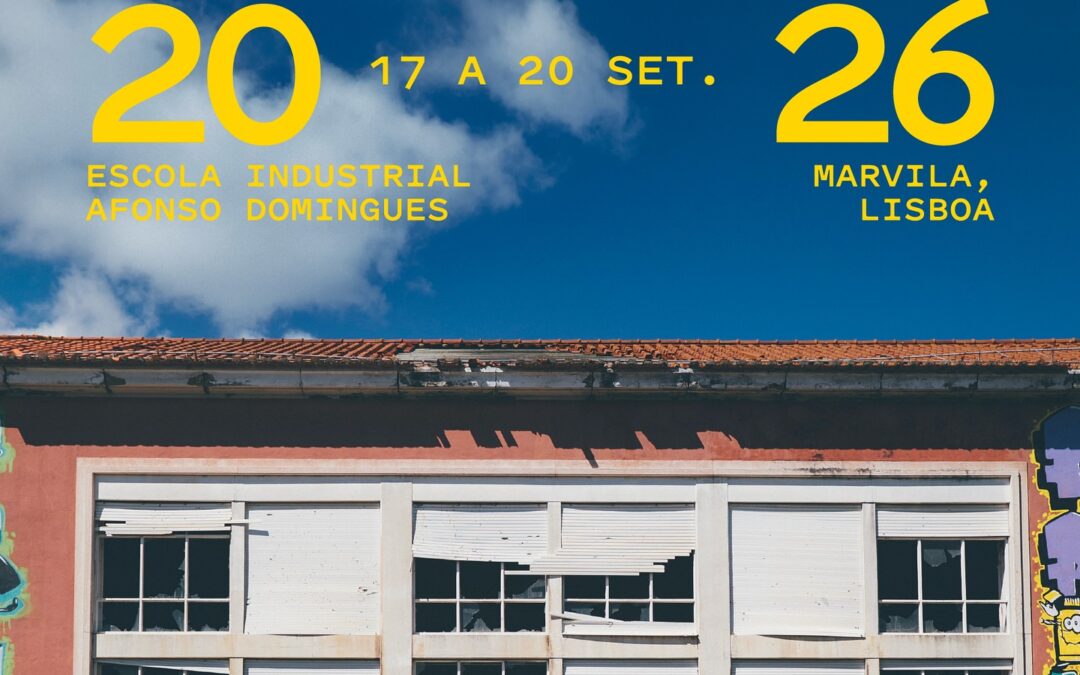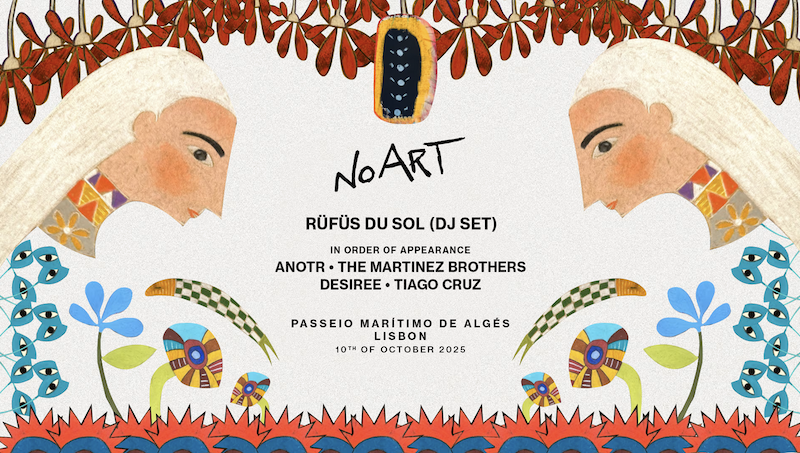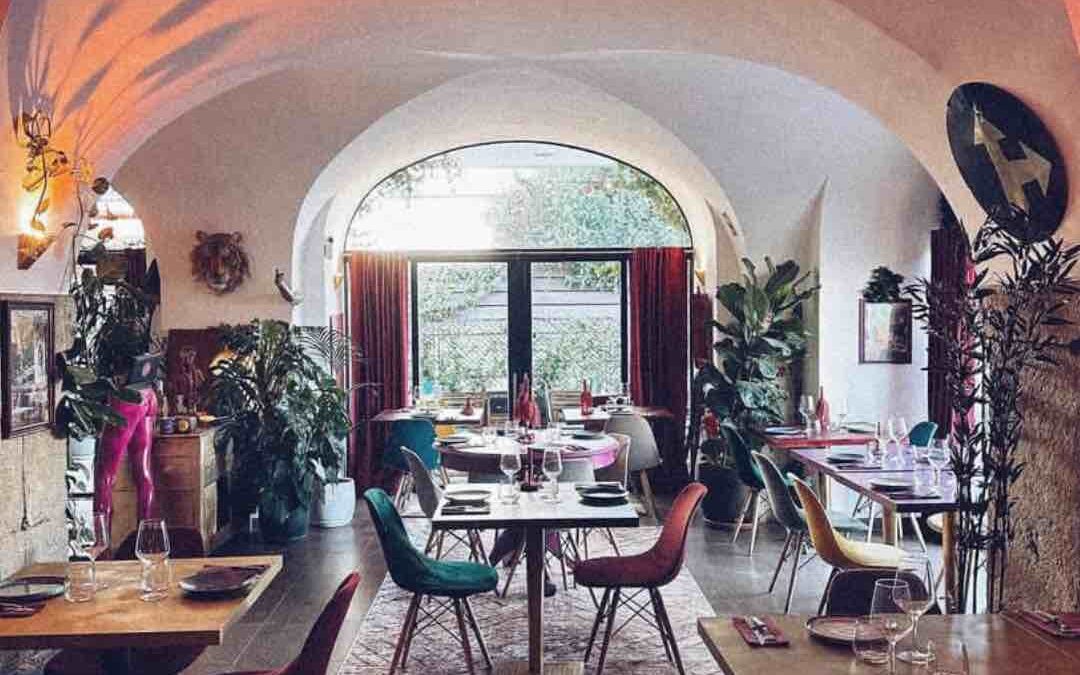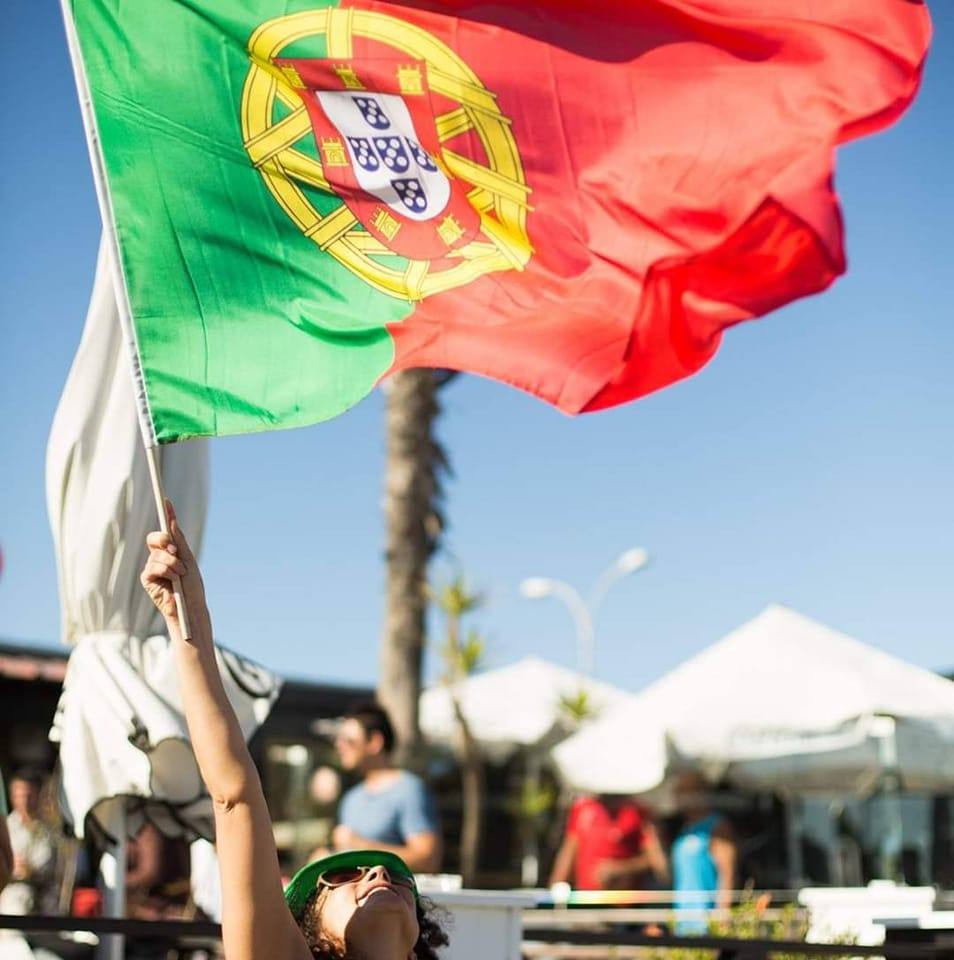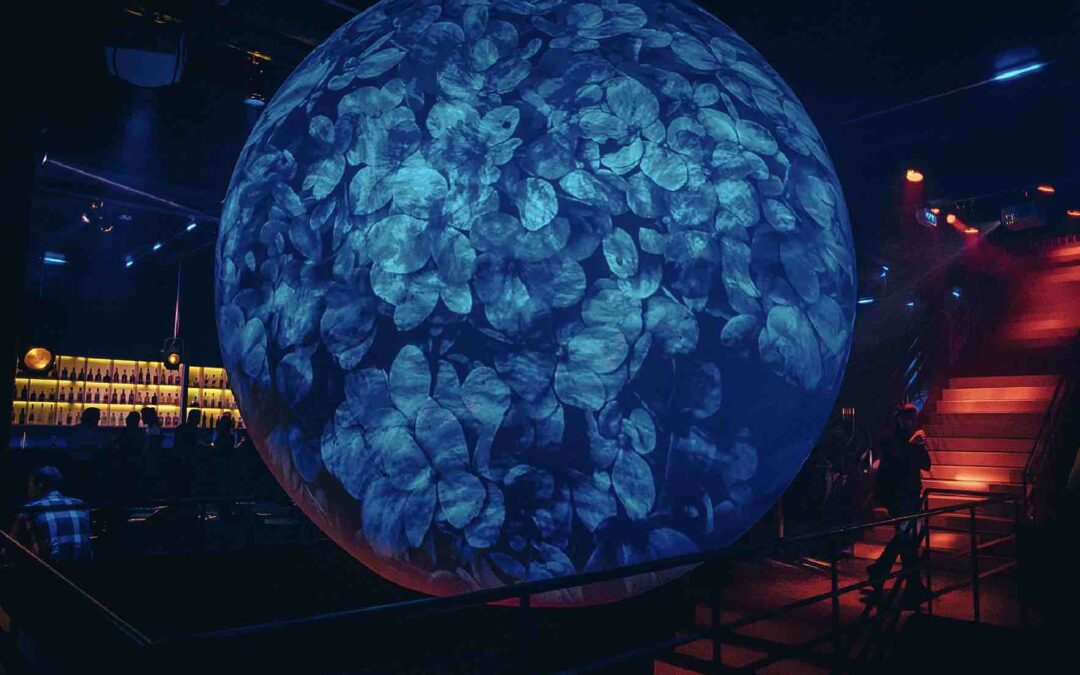Stories About Street Art in Lisbon

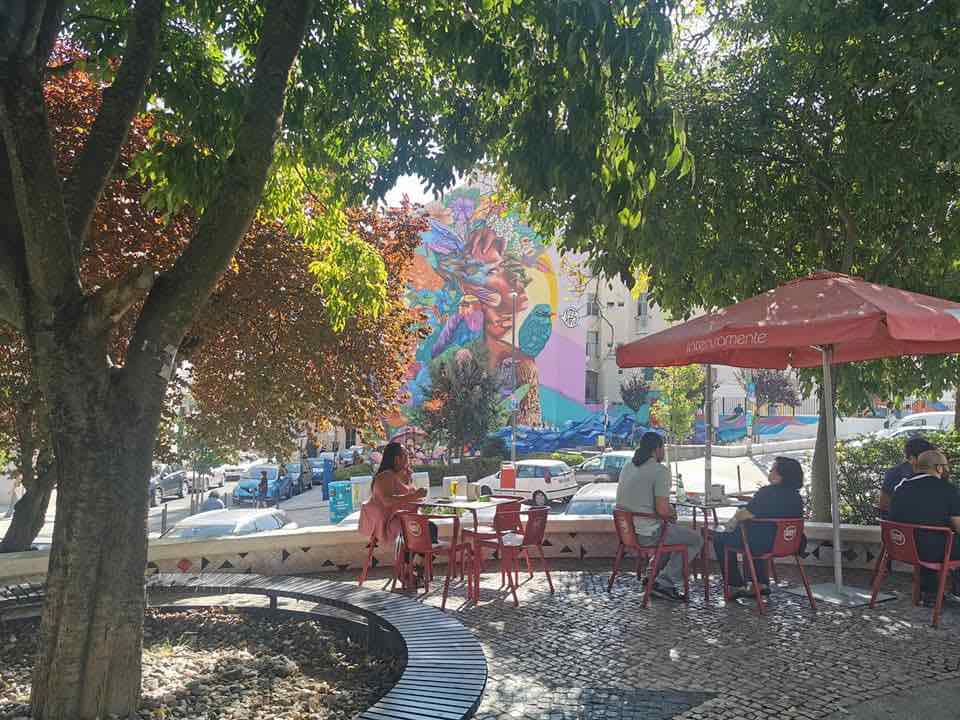
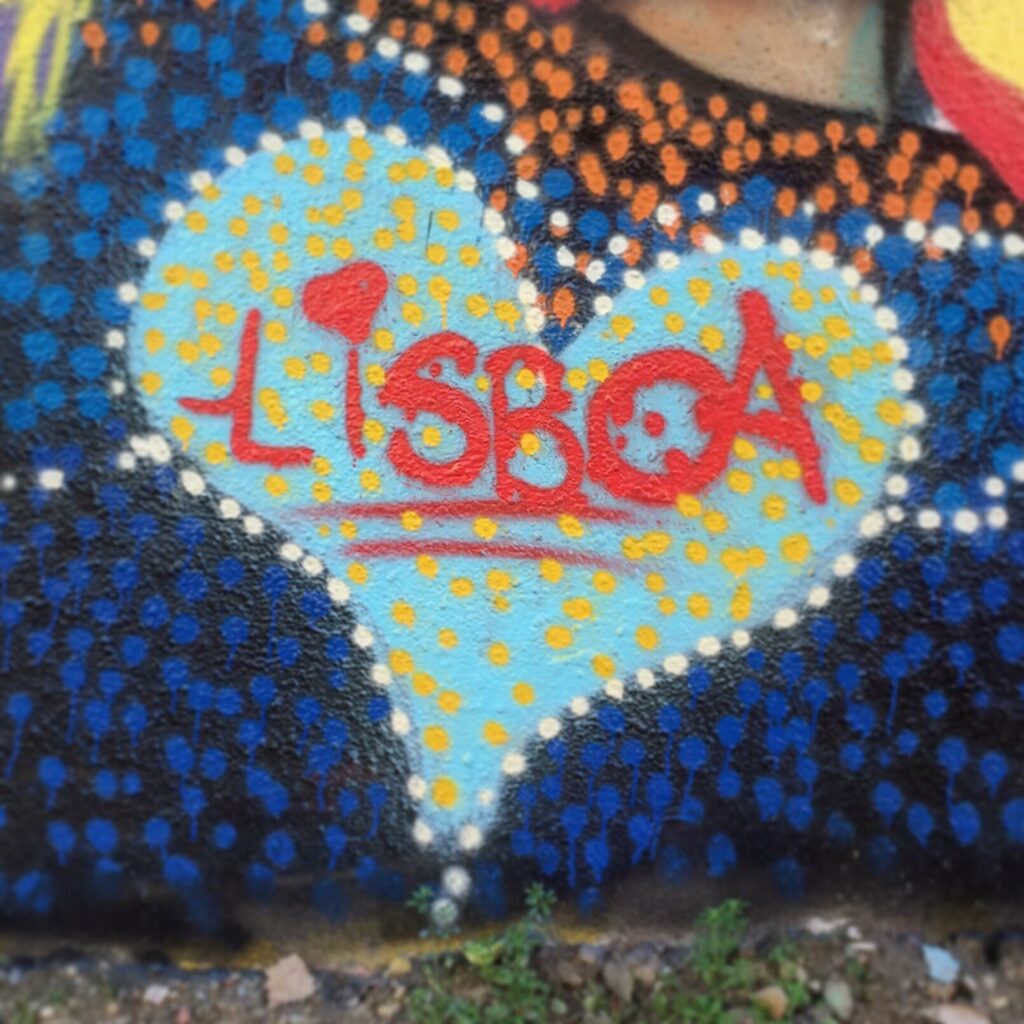
Street art in Lisbon is increasingly capturing the attention of international artists and visitors each day. In 2008, the Lisbon Municipal Council launched a campaign with the slogan “Change the Image of the Neighborhood.” Antonio Costa, who was the mayor of Lisbon until 2015 and is now the Prime Minister, promised to strengthen penalties for vandalism. While on one hand, the aim of the Municipal Council was to eliminate illegal and offensive graffiti from the streets of Lisbon, on the other hand, it became evident that the city administration needed to organize and regulate this form of art that was spreading across different neighborhoods of the city.
Legalization
A legalization project for street art, initiated by the municipality, allows national and international artists to create artworks on the walls and buildings of the city. For many, urban art is now considered a cultural heritage of Lisbon. This offers a significant asset to the city of seven hills, aiding its development and attracting more tourists.
Lisbon has become a true European laboratory for cultural policies in public spaces. As a result, more and more young artists are choosing to settle in this city.
Galeria de Arte Urbana | GAU
Galeria de Arte Urbana | GAU was founded in 2008 through a project initiated by the “Departamento de Património Culturel da Câmara Municipal de Lisboa” (Department of Cultural Heritage of the Lisbon Municipal Council).
This project began during the cleaning of graffiti in the central area of Bairro Alto, realizing that street art in Lisbon needed to be regulated and legalized. The main objective of GAU, since its foundation, has been to promote this art in Lisbon in a legal and respectful manner, combating vandalism and adhering to the values of the Portuguese capital. The significant rise of street art in the city necessitated municipal intervention, resulting in the creation of an organization focused on this form of urban art.
An alternative space was dedicated to this project on Calçada da Glória, where artworks are continually showcased by street artists. Following this, GAU focused on developing the message that street art aims to convey. The MURO festival serves as a perfect example, demonstrating that the Lisbon City Council has become increasingly interested in this alternative form of artistic expression.
MURO Festival
Between May 30 and June 15, 2016, the MURO festival took place. It was organized by GAU in collaboration with the Local Council of Carnide.
This was the first international street art festival organized in Lisbon, held in the renowned Bairro Padre Cruz neighborhood.
Subsequently, the festival expanded to other parts of the city and took on different aspects:
- Exhibitions of photographs, films, projections, as well as international conferences dedicated to urban art… these were some of the diverse techniques used during this festival to attract the public to the world of street art.
Street Art in the Padre Cruz Neighborhood
Bairro Padre Cruz (Bairro meaning “neighborhood” in Portuguese) is the largest in the Iberian Peninsula. Over twenty years, it underwent a radical transformation, shifting from being considered one of the most dangerous areas in the country to becoming an open-air art gallery.
Featuring a total of 107 street art works including murals, sculptures, and installations, this cultural restoration of Bairro Padre Cruz was carried out at different times by three organizations: Renascer, Galeria de Arte Urbana, and Boutique da Cultura.
A Three-Step Valorization
Renascer Youth Association is a nonprofit organization based in Bairro Padre Cruz, founded in 1993.
The main proposals put forward by this association are projects that facilitate the integration of young people into society, including organizing meetings, debates, festivities, recreational activities, sports events, and cultural visits.
In 1996 and 1997, the organization held a street art festival in the neighborhood to involve the local population in the activities.
The Artists
Lisbon Street Art Tour
The MURO Festival promoted art for all, fostering intense exchanges between artists and the people of Lisbon. Over 60 works and murals were created, in collaboration with both national and international artists invited by GAU and its 7 curators: Ana Vilar Bravo, Lara Seixo Rodrigues, Miguel Negretti, Vhils, and Pauline Foessel. Additionally, there were artists who, of their own initiative, began working on the streets of Bairro Padre Cruz.
The other part of the festival focused on maintaining the idea of integration and art promotion. This included children’s workshops, guided tours, theater, and other performative arts.
Sessions were organized for all those who wanted to participate in this significant cultural and social project.
Guided Tours
Private guided tours by foot or tuktuk are offered to help you discover these artworks, from Bairro Padre Cruz to the panoramic viewpoint of Monsanto, the old neighborhoods of the city center, and the location of the latest Festival Iminente Arta Urbana.
Guided tours are available in Portuguese, French, Spanish, or English. Here are some photos of the artworks you can see during our tours:
The History of Street Art Worldwide
Modern graffiti and street art originated in Philadelphia and New York in the late 1960s. They gradually spread to Europe.
In the United States, street art provided people with an opportunity to express themselves and develop an identity that resonated with them. The purpose of this art is linked to the idea of challenging capitalist Western society.
Urban art arrived later in Portugal compared to most other countries. It emerged precisely in the 1980s (related to hip-hop and rap culture). Street art in Lisbon and other Portuguese cities has become a fundamental feature of urban economics.
Its Relevance to the Community
Street art played a role in the renovation and restoration of parts of the city center and suburbs. It has become a major asset of the capital and a significant attraction. What’s unique about this new form of art is its departure from traditional academic arts. Creating regulations for this new art form was not a simple task. The regulations need to acknowledge the qualities and types of works, the careers and recognition of artists, individual and collective work, as well as reputation within the field.
In terms of the situation in Portugal, especially in Lisbon, the Municipal Council played a crucial role in creating these new policies. This pertains not only to street art and graffiti but also to supporting artists. Special attention has been given to this specific and unique art form and its world. The Lisbon Municipal Council attempted to manage this activity in certain neighborhoods by facilitating and regulating it.
For five years, GAU highlighted numerous events and collaborated with various artists. This allowed artists to express their art through funds and various initiatives.
The creation of policies legalizing street art activities, providing spaces, and hosting artistic events have contributed to the involvement of an entire community, both Portuguese and international.
State Involvement
The actions of Municipal Councils have had a significant impact on the quality of life for residents in certain neighborhoods. The institutionalization of street art has affected urban life and city organizations. Street art changed the reputation and general perception of certain suburbs.
The public space has become an ideal place for interaction where community members can meet. Through street art, the public space has become a central and relevant space in contemporary society. There is a profound relationship between urban intervention and enhancement; creating murals on building walls is considered an important contribution to urban renewal.
Epilogue
We invite you to take a tour through our article about the artist Bordalo II, but above all, to subscribe to our newsletter to follow our upcoming articles on this theme.
Article written by SEBASTIEN PELLIER and D.F | Photos @robertinetechnin

